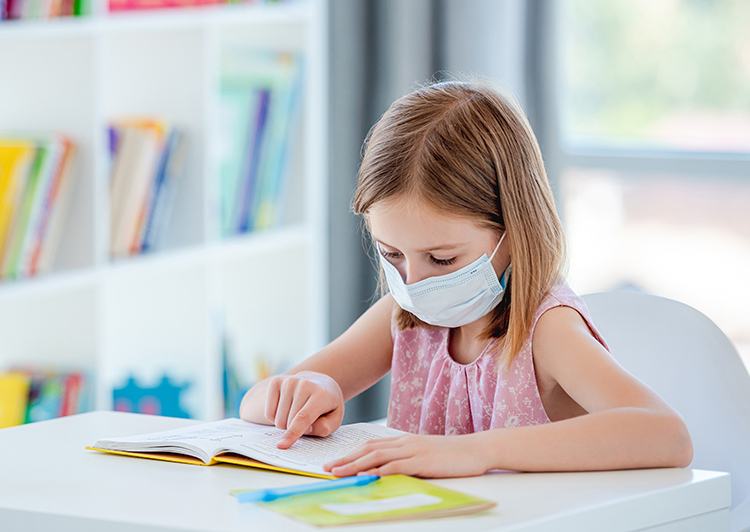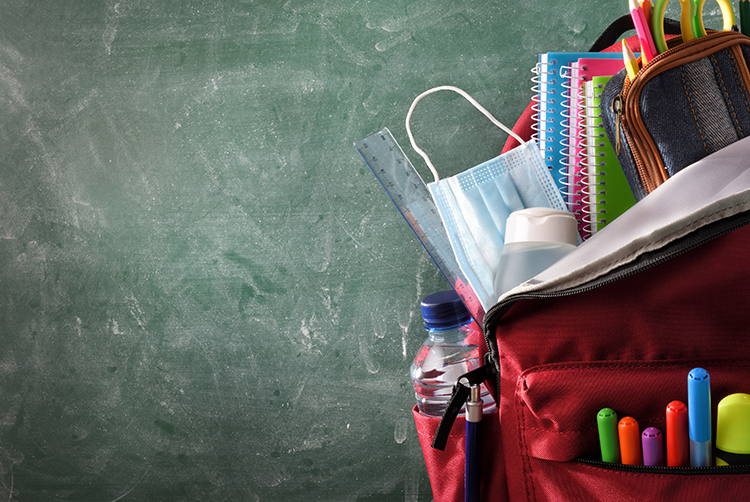The return to school: Covid. Advice for a safe return
The return to school 2020 has undoubtedly been different, full of great uncertainty and with many doubts for parents and teachers, but we must not forget to continue doing our bit, so it remains safe. We give you some tips to do so.
child care
Share

This year, the return to lessons has meant a huge challenge, not just for schools, but also for mums, dads and the pupils themselves, who have returned to a routine after spending six months at home due to the pandemic. A start to the school year that has been marked by the obligation to wear masks and classroom bubbles. After nearly a month since the start of lessons, we must continue to maintain the initial rules and not let our guard down so that schools can continue to be safe places for our children.
Maintain physical distance
Although each school has established an action protocol to maintain distance between pupils and teaching staff, it is easy for streets to become congested with a large number of people at the start and end of the school day. It is important to try and maintain a distance of at least 2 metres from other people. It is normal for little ones to stop respecting distances when they see their friends, but we must make them understand that this year it is important not to give kisses, hugs, group together in the playground...
The use of masks is fundamental
The use of masks in one of the most important measures to stop coronavirus. There is no point wearing one if we don’t show children how to put it on and remove it properly. So, they feel more comfortable, find a mask with a pattern they like, maybe with some of the characters from their favourite series or cartoon. Don’t forget to put a spare mask in their school bag and an envelope or mask storage holder so they can put it away if they need to remove it.

Take a daily temperature
From now on, we should incorporate a new routine each morning. After children have had their breakfast, got clean and got dressed, it is important to take their temperature before they go to school. In the event of any symptoms appearing or a fever, it is best to stay at home and contact the doctor’s surgery.
Raise awareness, but in a calm way
Children should know the details of the illness: what it is, how it is transmitted, what the symptoms are and how it is combated. However, parents should convey calmness and confidence to children. If we convey fear and uncertainty, these feelings will end up generating upset that may manifest itself in many ways. The emotional state of parents is key in children’s development, and even more so now. It is also important not to pass the responsibility of a potential infection onto them. We should communicate with children calmly and with composure, giving brief, clear messages suitable for their age and highlighting that parents, teachers and other workers at school are monitoring and safeguarding them.






